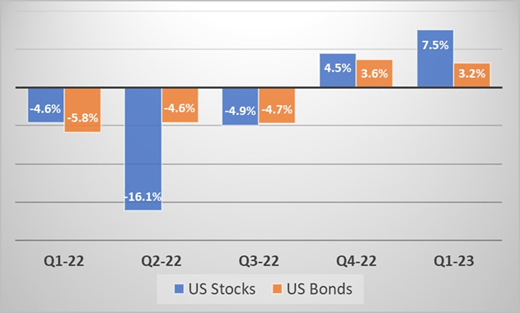
As the bank tempest was hitting full force in March, a few clients did reach out to me to inquire about how the money that we manage for them is kept safe. Below is a summary.
Client assets managed by Moore Financial Advisors are typically custodied at Pershing LLC, and Shareholders Service Group is a broker that also acts in an administrative capacity for client accounts.
Client assets are kept safe through the following:
- Segregation of Assets: client assets are segregated from Pershing’s (custodian) and Shareholders Service Group’s (broker) assets. Unlike with checking and savings accounts at your bank, which are obligations of the bank, the assets in brokerage accounts, Trusts, and IRAs are legally separate from the assets of the custodian and broker that oversee them on clients’ behalf
- Financial Strength: Pershing is part of BNY Mellon. The stand-alone financial strength of BNY Mellon is high. Two of the major credit rating agencies, Moody’s and Standard and Poor’s, assign a “AA” credit rating to BNY Mellon. (The highest ratings tier is AAA.)
- FDIC Insurance: uninvested cash in client accounts is typically held in the Dreyfus Insured Deposits program. Dreyfus is a subsidiary of BNY Mellon. Dreyfus Insured Deposits benefit from the $250,000 Federal Deposit Insurance Corporation (FDIC) guarantee.
- SIPC Insurance: Investments in Pershing accounts are protected by Securities Investor Protection Corporation (SIPC) coverage of up to $500,000. Pershing also provides coverage in excess of SIPC limits from commercial insurers.
- About SIPC Insurance: this covers investors if Pershing were to fail and client assets cannot be located due to theft, misplacement, or destruction.
If you have additional questions regarding the safe-keeping of your assets, please send a message to Susan or me and we’ll gladly address your inquires.



